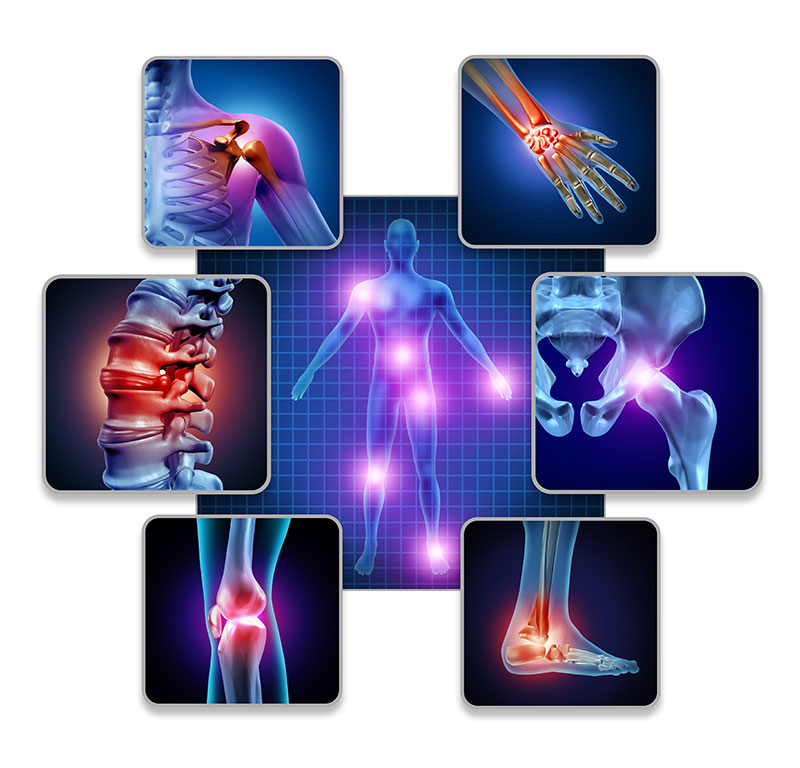THERAPEUTIC EXERCISES VS THERAPEUTIC ACTIVITIES
THERAPUETIC EXERCISES
Therapeutic exercises are movements that are typically performed to prevent loss of range of motion, maintain or improve muscular strength or increase flexibility, following either an injury or surgery.
When billing and documenting for therapeutic exercise, the following must be kept in mind. You must include the body part(s) treated, and should include specific muscle(s) and/or joint(s) to avoid any confusion about each exercise.
The following are some examples of different exercises that should be billed under CPT code 97110:
• Active, active-assisted, or passive range of motion for increased ROM of a specific joint
• Resistance exercises for improved muscular strength, including isometric, isotonic, and isokinetic
• Exercises to improve aerobic or cardiopulmonary endurance, including: treadmill, bicycle, or NuStep
• Any active stretches which are being utilized to improve flexibility.
Therapeutic exercises typically target single parameters, such as improving ROM or increasing strength so make sure you explain the purpose of each exercise and how it relates to a specific functional goal in your documentation. Therapeutic exercises often contribute to an improved ability to perform real-life movements, such as ADLs, work related tasks and sports activities.
However, when working directly on improving real-life movements, then it falls under CPT code 97530 (see below), and should be billed as such.

According to Optum 360° and the APTA, therapeutic activities require the "use of dynamic activities to improve functional performance."
When considering whether the activity you are having the patient perform is classified as a therapeutic activity or if it falls under a different category, here are some questions to ask yourself:
Is this a functional activity, such as climbing stairs?
Will this improve his/her functional performance, in daily life, at work, or in a sport?
Is more than one parameter (strength, coordination, etc.) being addressed with this activity?
Does this activity directly correspond or relate to a specific work or sports task that the patient will be performing once they have fully recovered?
If you answered yes to any of the above questions, then you would bill 97530 for therapeutic activities. Therapeutic activities cover a wide range of functional activities, such as squatting, ascending/descending stairs, walking, bending, lifting, catching, throwing, pushing, pulling, etc.
It is important to note that Medicaid plans only pay for 97530 codes and do not pay for 97110 therefore it should always be verified prior to seeing a patient.
Therapeutic activities also tend to incorporate the use of multiple parameters (balance, coordination, power, strength, range of motion, etc.) into one activity/exercise. When documenting, be sure to document the specific relationship to a functional activity and how it applies to that particular patient.
WHAT OUR CLIENTS SAY...
Focused Billing is by far the best billing company we have ever worked with. Different from other companies, we feel with Focused Billing all of the stress which comes from the billing aspect of our practice is FULLY taken care of!
They are prompt, thorough, and attentive to detail! We will never go anywhere else for our billing needs!!!
- Dr. Jolene
Our practices have been working with Focused Billing for years! They are the ABSOLUTE best!! We feel so confident and comfortable that their amazing team takes the utmost care with our every business need.
They are personable, accessible and most importantly reliable. I would highly recommend them to anyone!!
- Dr. Noah
We have been using Focused billing for over a year and a half and am very pleased with the services. Steph and her team are always there to help you immediately and will drop everything to assist you. She know her procedure codes and has also increased our ROA ethically. She will help you get your monies due and assist you with re-billing, peer to peer reviews and much more. They continually work on our 30,60,90 day reports to completion.
We are very pleased and would highly recommend their services!
- Dr. Cunico
I have been in business for 18 years. Over that time I have used several billing and collection companies. Never have I found a team that is so diligent in collecting our money. They are very aggressive to make sure claims are processed in an efficient manner and paid accordingly. The communication is always very clear. If we forget to send documentation they need, they are quick to follow up ensuring nothing falls through the cracks. They are easily accessible, reliable, and honestly, since I started using them 4 years ago, my collections consistently go up!
Stephanie and her team will work with you to find ways that you maximize collections on each patient. They are extremely ethical in their practice and dedicated to our success!
I would whole heartedly recommend Focus Billing for any medical professional!
- Dr. Madorno
Stephanie and her team at Focused Billing show extreme expertise and efficiency in the field of medical coding and billing. They are articulate in ensuring all guidelines are followed appropriately; as well as being easily accessible to answer all questions and concerns.
This review comes with my highest recommendation from first hand experience!
- Dr. Decaro
After 15 years of doing my own billing, I was referred to Stephanie and her team at focused billing. With all the challenges from insurance companies I finally felt like it was time to bring in a professional billing company. I am very happy I did ! “ Focused Billing and Collections” has done it all for my practice, from billing, to following up on claims and collecting.
It has allowed me to re-focus on treating patients and running my practice while giving me the confidence that all the billing is being performed in a detailed and thorough way. thank you Stephanie and team for everything!!
- Dr. Dave
Absolute best billing & collections company I’ve ever worked with. Stephanie the owner & her team provide excellent service. So amazing to finally work with a company that actually delivers…
- Grace: Regional Medical Manager
If you’re looking for a billing and collections company that goes above and beyond look no further! I was at a loss with trying to figure out how to bill for my services, but Stephanie and her team took my practice’s billing into their hands and I couldn’t be happier. From start to finish – they do it all!
They are extremely thorough and I am impressed with the timely manner in which my claims are submitted. Collections have been steady and they are excellent with following up on unpaid claims to get them paid. I highly recommend Focused Billing and Collections for all of your billing needs!
- Pauline Izzo: FNP
Contact Us
O: 732-982-3602
F: 732-782-8182
sschaffer@focusedbilling.com
57 Schanck Rd. C9
Freehold, NJ 07728
© Copyright 2022
